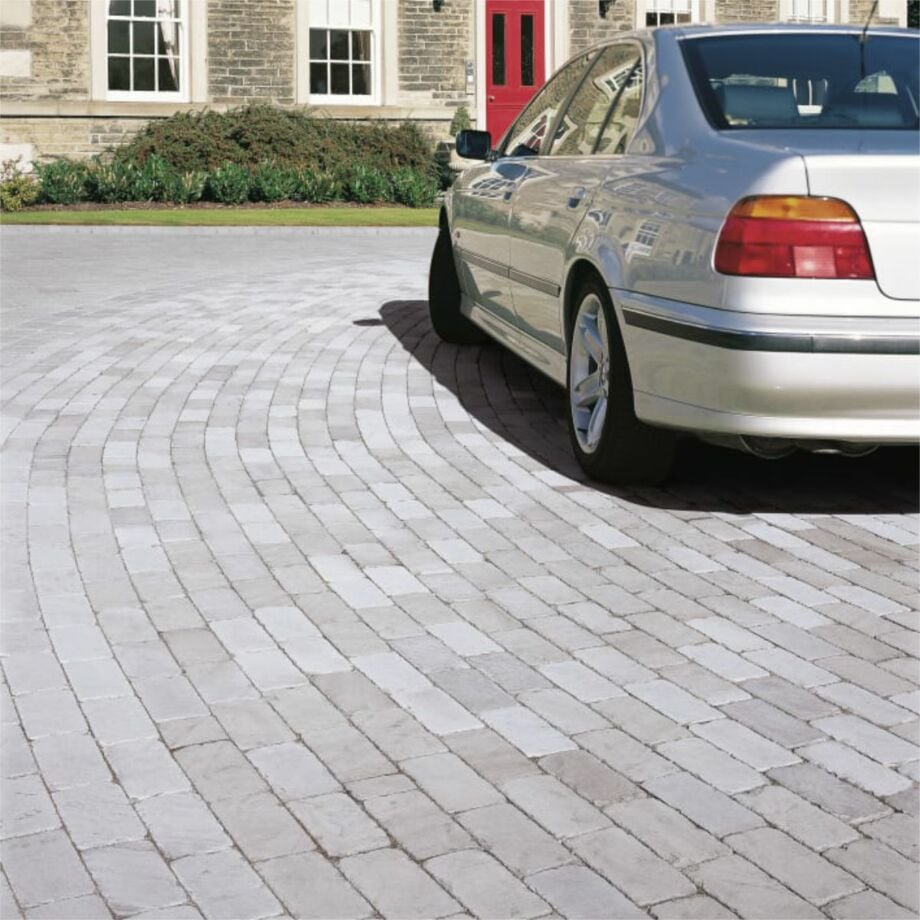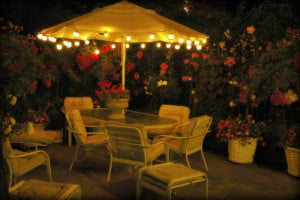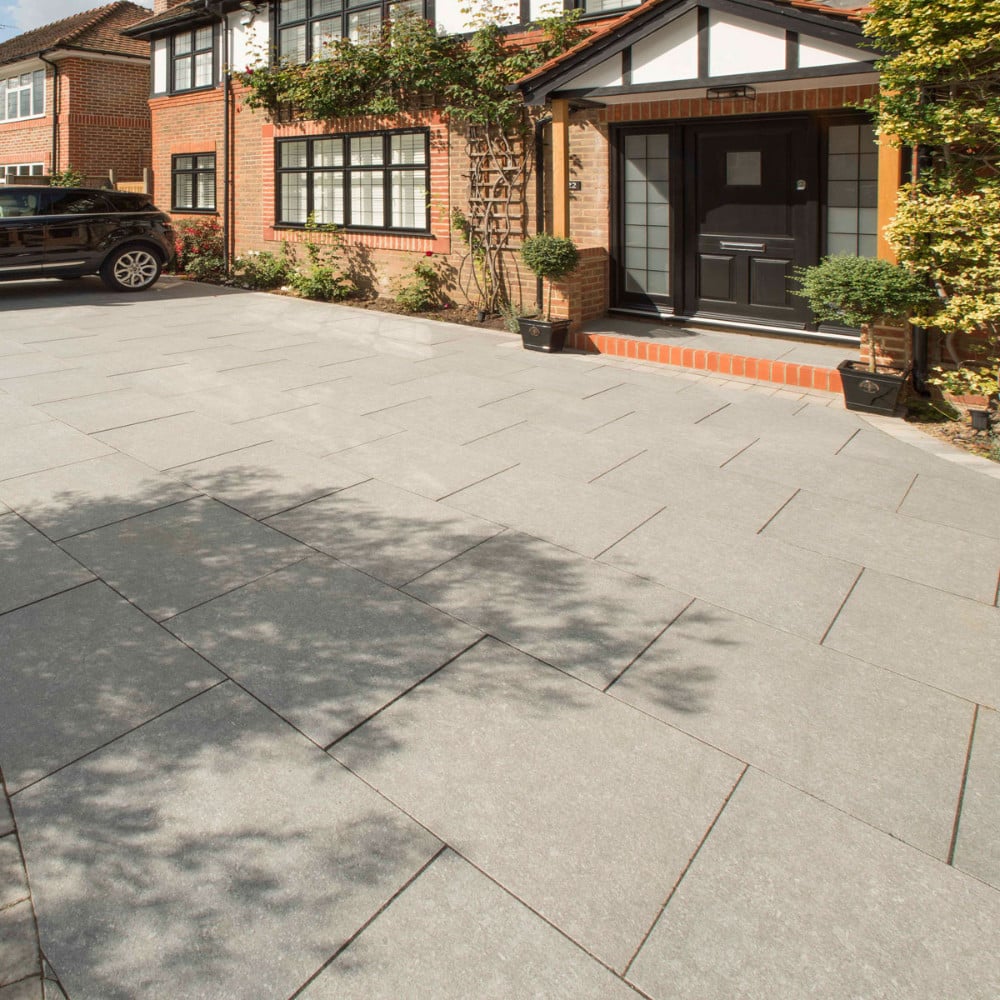
If you’re thinking of moving home soon, you’ll want to maximise your kerb appeal to ensure your house looks its best on a drive past. Or perhaps you’re fed up coming home to the only house in the street that looks tired and dated and would really like to give your home a facelift.
Here’s a selection of ideas and materials to use to make your home look appealing.
Space Allocation
Firstly, ensure your driveway is equipped to accommodate the number of cars associated with most households these days. In the majority of cases, for a family home, this would be at least two cars and if there are late teens or even a lodger or grandparent, it could be more. Ensure the driveway is also wide enough to park the car/s and step outside of the vehicle without walking on grass or into a planting border. Adding a driveway, especially if there is not much on-street parking can increase a property’s value by up to 10%.
If accommodating extra cars means paving over the grass, then this is often a practical solution to current property demands, however try to include some planting around the perimeter instead to ensure the finished design does not look too harsh. Shrubs and plants add colour and soften the hard landscaping.
Regulations
If you are replacing an existing lawned area with hard landscaping in the front of your property, it's important however, that you do not just pave over an existing front garden as planning regulations introduced in 2008 will not permit this. The planning regulations were introduced as a means to reduce surface water run off onto the public highway and require you to either use permeable driveway paving in conjunction with a SUDS drainage system or ensure any surface water runs away to a soakaway or similar on your own property. A SUDs drainage system comprises a series of different size gravels used to percolate the surface water into the drive and the ground below rather than onto the highway. If opting for the soakaway method, it is imperative that surface water does not spill over onto the public highway once more.
If you are paving more than five square metres, adding any new features such as a wall or gated entrance or planning to use non permeable paving, you will be required to apply for planning permission. Similarly, if you do not currently have a driveway for parked vehicles, you will need to add a dropped kerb and require your local council to undertake this work for you, so speak with the planning department.
If you are in any doubt, have a listed building or live in a conservation area, check with your local planning department as they will provide you with accurate information.
Once you are clear on the legalities, you can then decide on the type of driveway stone that works best for your property. Look at the driveway in conjunction with the design of your home to decide on the best style and colour to add value to your home.
Shingle or Decorative Stone Driveways
A shingle driveway is often the most cost effective option and when the shape suits the property with edging to define the shape, it has classic appeal. The trick to using shingle or gravel on a driveway is not to lay it too thick. You need to ideally lay the MOT Type 1 sub-base at least 150mm thick and compact this down, but then only have gravel at around 20mm or so in thickness to prevent tyre tracks from appearing and making it difficult to walk on. Also, bear in mind that gravel and shingle driveways often spew out onto the footpath or road in front of your property so consider laying around 2m depth of block paving or cobble setts at the entrance to your driveway as this helps prevent the gravel from escaping so readily when you pull off in your car.
Concrete Block Paving Driveways
If you are planning to use blocks instead, then there’s a wide choice to suit your tastes. Concrete blocks in a single rectangular size 200x100mm is usually the most economical option and these come in a range of colours from light grey and charcoal through to brindle which is a mix of red and black and autumn or golden shades. Grey tones are always popular and work well with both red brick houses and white rendered homes. Natural shades have no colour pigment added so are the colour of the naturally occurring aggregates within the make up of the block which can vary from cement colour to the tones of the sand. Other ranges of concrete block paving come in a tumbled and mixed size option to resemble old cobble setts. The tumbling means the edges are irregular and have more of an aged appearance. These blocks often come in a colour blend rather than once fixed colour and this is far less formal.
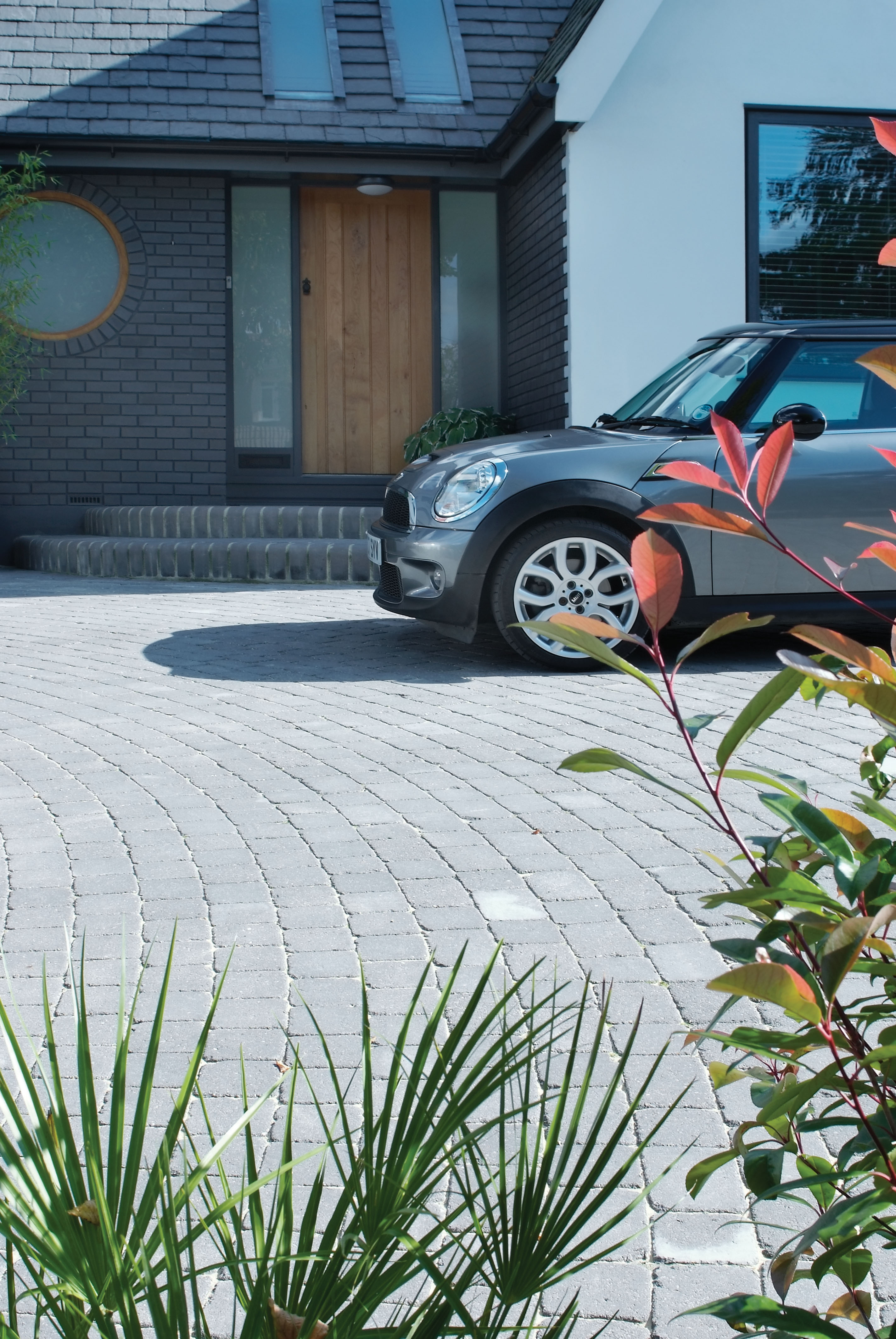
There are also more contemporary ranges with straight edges and a flat surface for more modern homes.
Natural Stone Block Paving Driveways
An alternative to concrete block paving is natural stone blocks. These are solid blocks of stone suitable for installing using the same techniques as concrete block paving. The benefits of this over concrete blocks is that the natural stone will not wear to expose aggregates or fade in the way that the dyed concrete blocks will. This may not be a concern to you is you are simply improving the driveway in order to move house, but if you are planning to stay put for the longer term, then natural stone block paving is worth the extra investment.
Clay Paver Driveways
Another option is to use clay pavers for your driveway. These hardwearing alternatives to traditional concrete block paving are again, able to retain their colour whereas concrete fades and exposes aggregate over time. Available in rich earthy tones in additional to grey mixes, the long European style pavers or the classic brick shaped clay are equally at home in a traditional or contemporary styled home.
Large Format Driveway Paving
Currently trending is the use of large pavers on a driveway for a clean, modern appearance. Garden paving slabs cannot be used for this purpose as it is not thick enough to support vehicular traffic, however there are several porcelain paving options with their slip resistant surface and robust good looks that are more than capable of doing the job. Some are thicker porcelain at 30mm thickness whereas others are constructed using a special backing allowing them to be laid on a sand bed the same as concrete block paving.
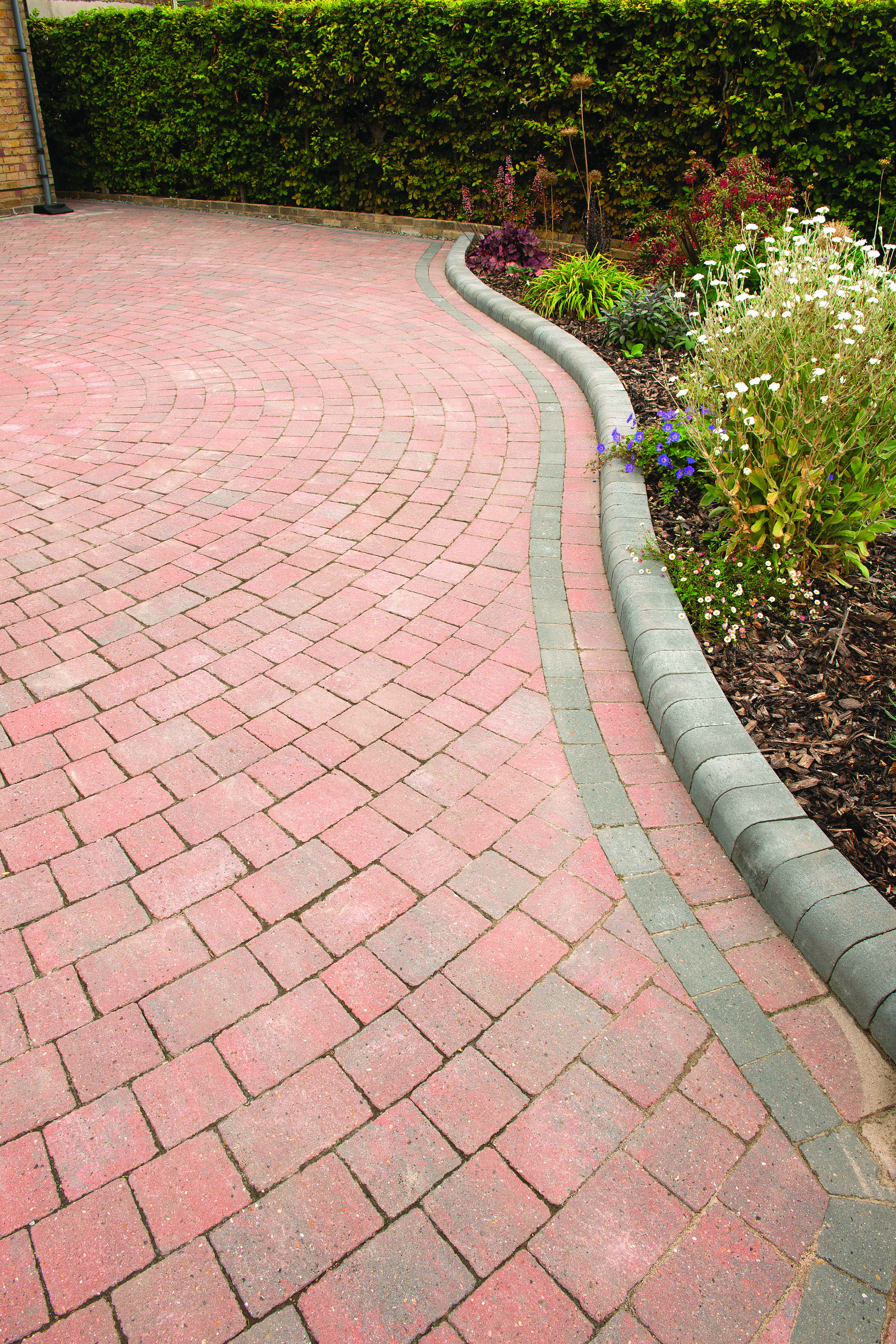
Summary
Whatever you decide on, ensure the colours and style complement your home and décor. For example if you have a charcoal coloured front door, consider using shades of grey in your driveway too. Perhaps build a low retaining wall and plant this up using silver foliaged planting coupled with lavender to create a colour coded design. Even if you do not need to remove your lawn to accommodate extra parking, you may elect to replace it with raised planting feature beds instead as this is often far more practical than cutting the grass and will also be seen this way by a prospective buyer. A series of staggered height raised planters or a central sculpture surrounded by planting will appear architecturally pleasing.
Overall, try not to shut the door on nature in your front garden by turning it into a concrete jungle as it will also look better to have a balance of hard and soft landscaping and it is kinder to the environment too.
Your driveway is the entrance to your property, so think about the message you are giving with its appearance. Remember to ‘Make an Entrance’!

